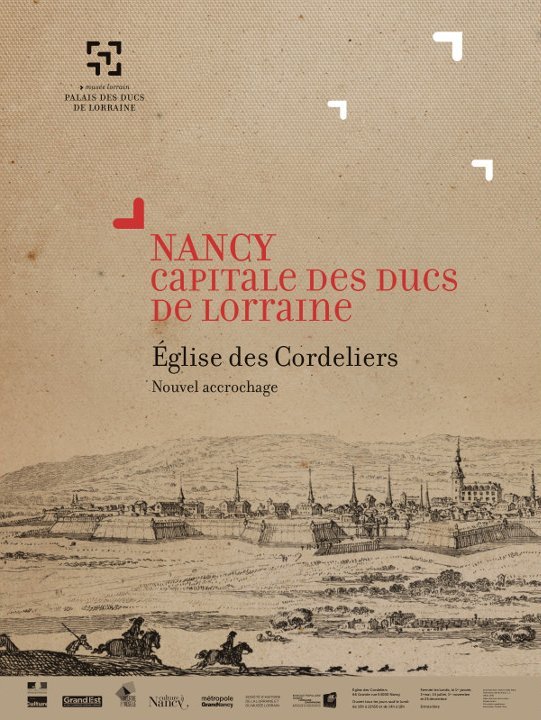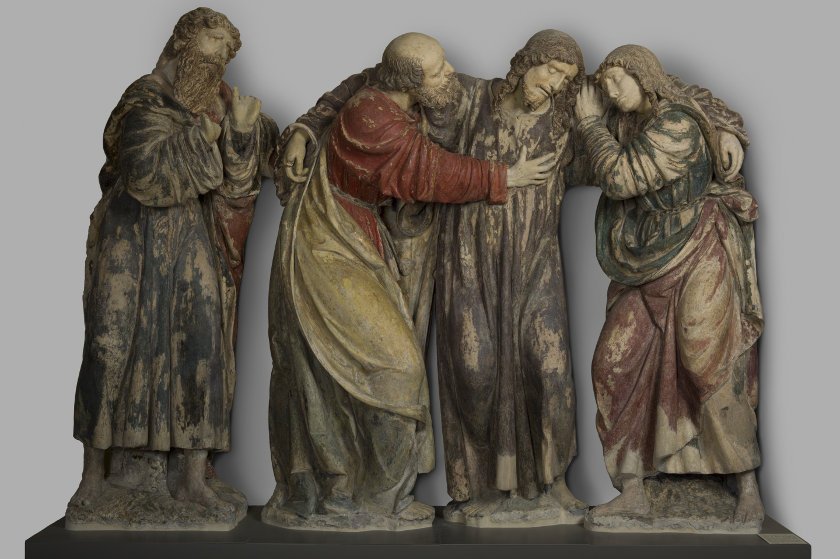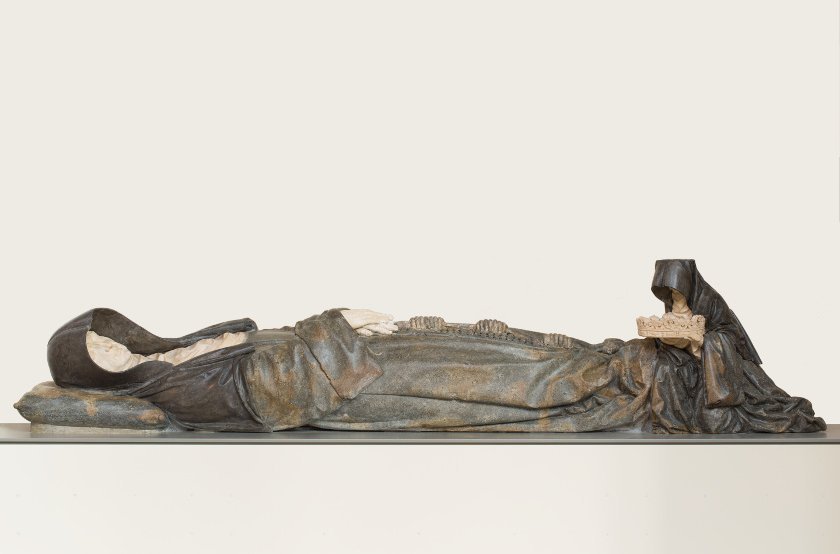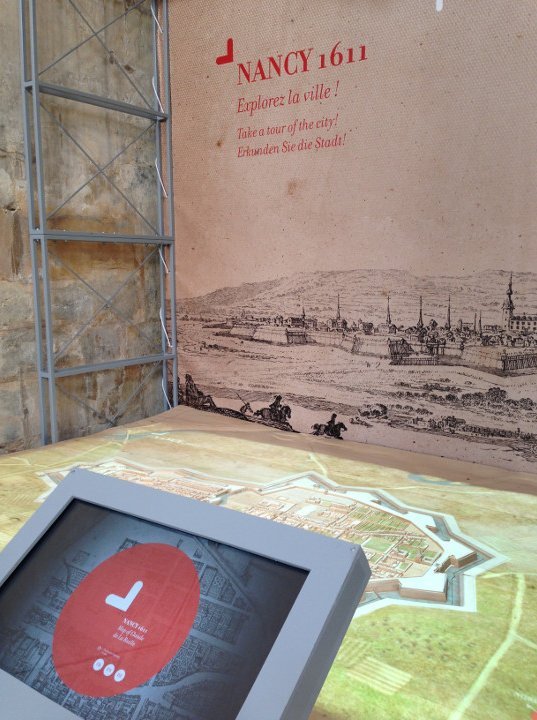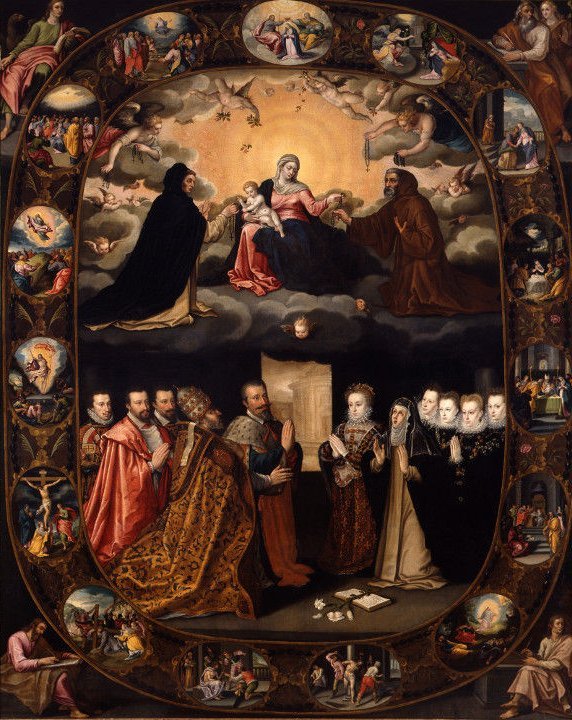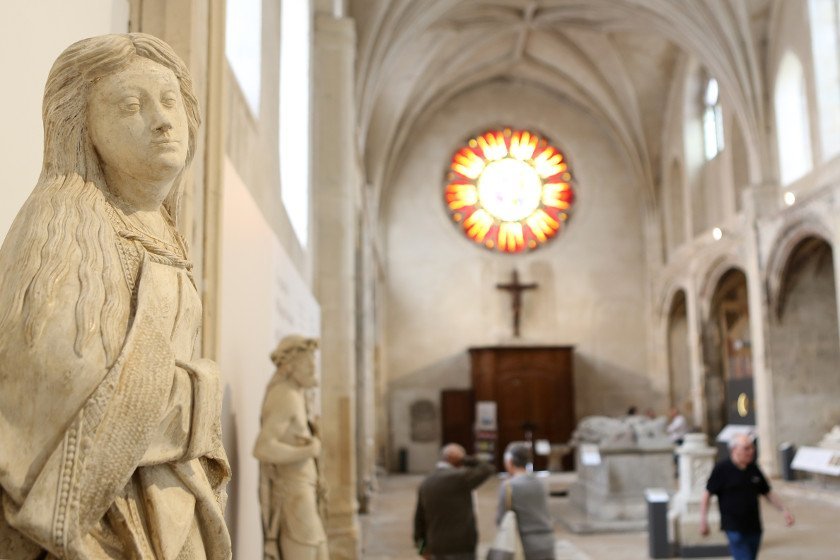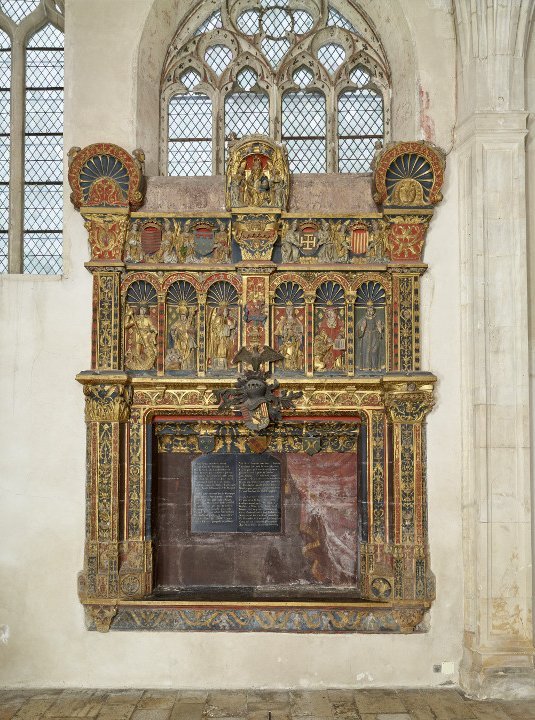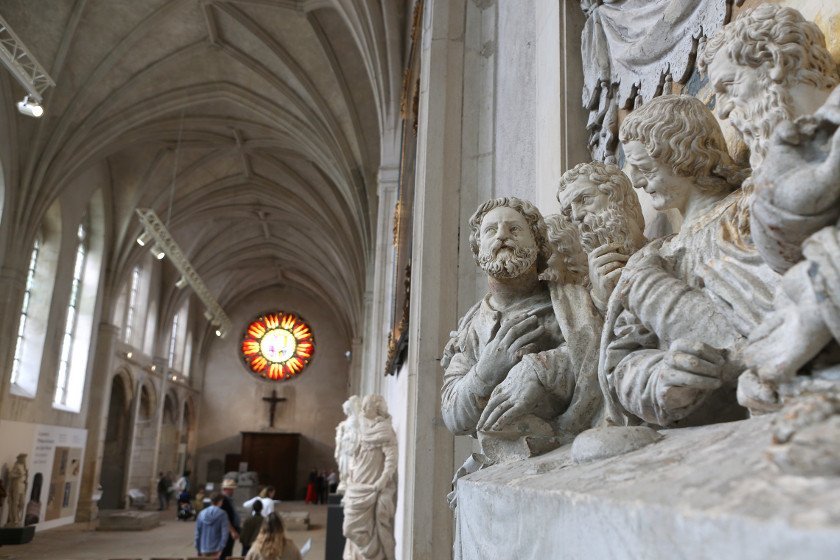Église des Cordeliers
NANCY, CAPITAL OF THE DUKES OF LORRAINE
To accompany its renovation and the closure of its permanent collections, the Palace of the Dukes of Lorraine is presenting a new exhibition in the Cordeliers church, illustrating the history of the duchies of Lorraine and Bar.
Built at the end of the 15th century following the victory of Duke René II of Lorraine over Charles the Bold of Burgundy, the Cordeliers church became the dynastic necropolis of the House of Lorraine and an emblematic place of ducal power. The many works on display - paintings, sculptures, stained glass windows and objets d'art - retrace five centuries of Lorraine's history in Nancy's oldest church. Digital projections will plunge you into the heart of the Duchy's capital, and a model of Nancy in 1611 will also be unveiled.
Emblematic works from the museum are presented in a new and enriched itinerary.
Some works have been specially restored for the occasion, such as the statues from the funerary monument of Monseigneur des Porcelets de Maillane by César Bagard (1620-1707). The enfeu of René II and the famous recumbent statue of Philippe de Gueldre by Ligier-Richier, both essential works in the collections, are an integral part of the ensemble. L'Institution du Rosaire, a painting by Jean de Wayembourg at the very beginning of the 17th century depicting the family of Duke Charles III, is returning to the Cordeliers church, where it had been on display for many years, as is the Retour du Croisé, an emblematic work of medieval sculpture from Lorraine. Restored as part of Nancy Renaissance 2013, the four magnificent Flemish reliefs from the early 16th century (Jésus au jardin des oliviers, Le Baiser de Judas, Jésus devant Érode, La Montée au Calvaire) are also back on display.
Nancy 1611
Explore the city of Nancy in the early 17th century thanks to a model based on Claude de La Ruelle's plan (1611) and enhanced by digital projections. The capital of the Duchy will hold no more secrets for you! As you turn a corner, you'll discover bastions and fortifications, places of power and justice, merchants and craftsmen, religious institutions and public facilities.

